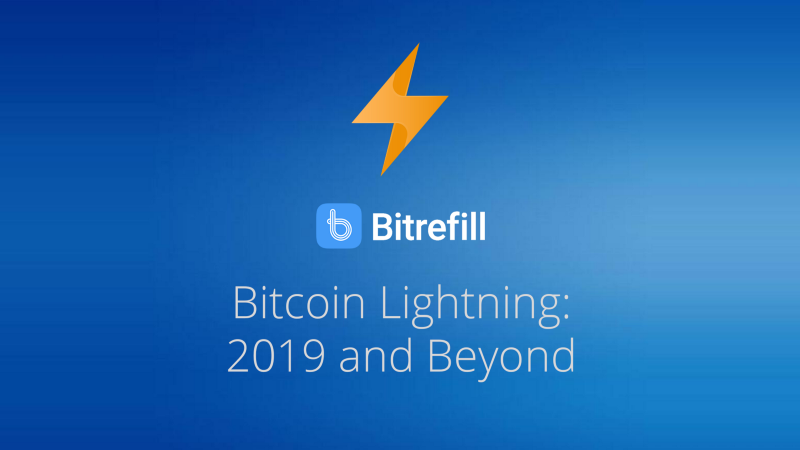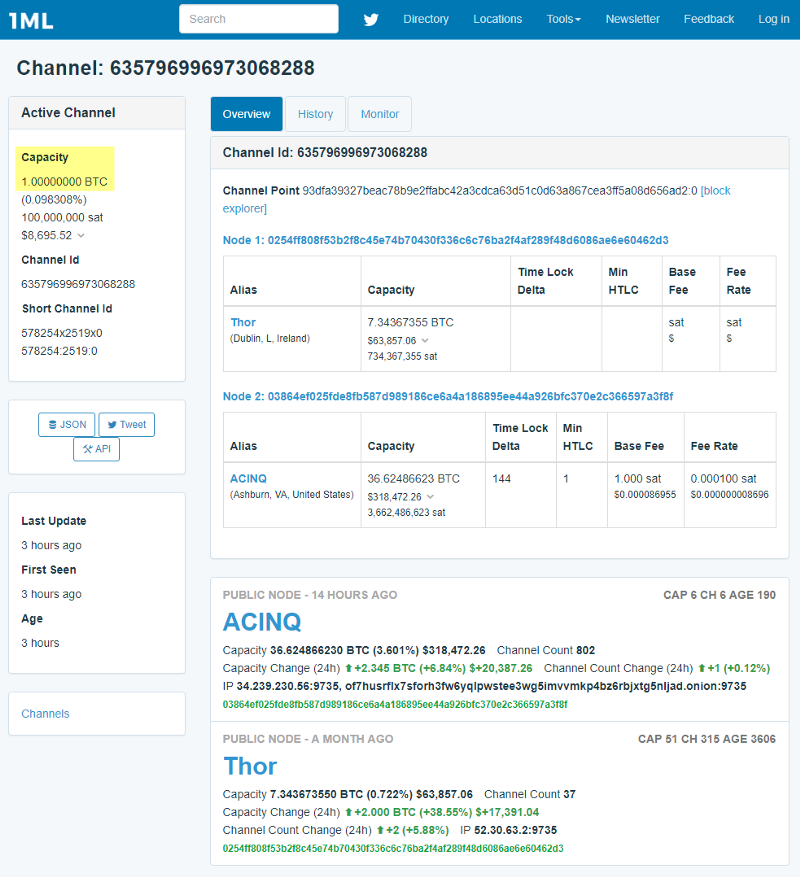Lightning went through years of development before its current implementations started. More than 8,000 Lightning nodes are currently live on the network, and more and more users and merchants are beginning to embrace this technology. If you’re new to the Lightning Network, check out these great Lightning wallets.
Even though Lightning is still relatively early in its development and has a long way to go before it reaches its full potential, experts expect it to improve dramatically in everything from user experience to security features.
Below are just a few of the most critical developments happening in Lightning.
Atomic Multipath Payments
Originated by developers from Lightning Labs, atomic multipath payments would make it easier for payments to happen on the Lightning Network by enabling large transactions to be divided into smaller ones. This increases the odds of finding suitable middlemen.
Atomic multi-path payments lead to the risk of a partial payment being successful, which can be even worse than the failure of an entire transaction. The AMP protocol, therefore, requires every part of a transaction to arrive before releasing any funds.
Atomic Swaps
Lightning Network technology can be implemented for any other cryptocurrency with similar properties to Bitcoin. For example, the Litecoin Lightning Network is already up and running, and others are popping up more and more.
Atomic swaps would allow users to link payment channels across blockchains, making it possible to send transactions from one blockchain to another. This would also act as a simple method for users to switch their funds into another currency.
Channel Factories
Channel factories are designed to reduce the on-chain transactions needed for each channel, which may not be a major difference in isolated cases but can add up when applied to the entire network. They could further raise the upper limit of transactions by acting as sub-channels for the entire network.
With channel factories, users would be able to create an essentially infinite number of channels with no need for further transactions on the chain. This could substantially increase the efficiency of the Lightning Network.
Dual-Funded Channels
Lightning channels allow two users to send each other payment, but they can currently only be opened by a single funding party. It’s not until after the first user creates a transaction that the other person can send a payment back.
Developers are currently working on a solution for dual-funded channels that would allow each user to send payments as soon as a channel is opened. This would significantly increase flexibility on the Lightning Network and make it easier to use.
Eltoo
One of the ways in which Lightning guarantees payment security for its users is by penalizing users who broadcast an outdated balance, a common form of cheating the system. On the other hand, software issues can also lead to outdated broadcasts, which may result in a loss of funds.
Eltoo is an exciting Lightning development working on a solution for this problem that prevents such false alarms. Among other ideas, Eltoo proposes a soft fork in Bitcoin’s protocol that could make it easy to implement the security system throughout the Lightning Network.
Neutrino
This idea is the continuation of a plan known as simplified payment verification (SPV), which improves payment security but can also compromise user privacy, usability, and scalability. Compact client-side block filtering leverages a similar principle for a more reliable result.
Dubbed as Neutrino, This process involves enabling wallets to determine that certain threatening transactions did not take place on the blockchain. It was designed specifically for Lightning users, but may also have valuable applications in conventional light wallets.
Rendezvous Routing
Some channels are public, some are private. Rendezvous routing would allow intentional routing across both channel types in order to give added privacy between the payee and payer.
Spontaneous Payments AKA Sphinx Send
Sphinx Send was unveiled for testing earlier this year to end the reliance of the Lightning Network on the single-use invoice currently required for payments on the network. This ability would significantly streamline the process of using the Lightning Network by allowing users to send payments spontaneously.
The application is currently available for Lightning Network users, but it’s a work in progress that is expected to continue receiving updates. Keep up with development news to ensure that you’re aware of any important changes.
Splicing
Just as a channel has to be closed before users can use its currency on-chain, users currently can’t add to or subtract BTC within a Lightning channel. Splicing removes this inefficiency by allowing either party to change a channel’s balance.
Among the possibilities opened up by splicing is the opportunity to remove currency from a payment channel and send it directly to a user on the regular blockchain. The gap between Lightning channels and the rest of the network is a key drawback that many startups are looking for ways around.
Submarine Swaps
Contemporary Lightning channels are separated from the rest of the Bitcoin blockchain until a payment channel is closed, creating an inconvenient obstacle for those interested in Lightning.
Fortunately, an emerging solution known as submarine swaps is being developed to allow for payments to other Bitcoin users from within a payment channel. It uses a middleman to operate between the two sides and link Lightning to the rest of the chain. Lightning Labs recently released the alpha version of a lightning off-ramp solution, Loop, designed specifically for this purpose.
Trampoline Payments
This is one of the newer Lightning Network tech improvements, proposed by Christian Decker, of Blockstream. Trampoline payments and supporting trampoline nodes would allow a new method of routing payments across the network.
This would allow nodes to choose a lighter implementation and outsource routing calculation to the next “trampoline” on the network until the destination is reached.
Turbo Channels
Turbo channels are utilized in an upgraded version of our popular Thor channel-opening service. Thor turbo channels are provided by Bitrefill and allow users to access our well-connected nodes instantaneously at any time.
This allows users to open a channel and spend their BTC funds immediately, without waiting for on-chain confirmations, reducing waiting times by as much as 60 minutes. Turbo channels were developed by Martin Habovštiak and Anton Kumaigorodskiy, of Bitcoin Lightning Wallet.
Watchtowers
The concept of watchtowers, or unlinkable outsourced channel monitoring, was present in the Lightning Network whitepaper, and co-author, Tadge Dryja, has made further improvements since their inception. Watchtowers can automatically check for unwanted transactions and ensure fund security within your channel, even when your own node might be unavailable to do so.
Users could use multiple watchtowers as an added security measure. Watchtowers remove user error from the equation and reduce security risks as much as possible.
The Future is Bright for Lightning!
The Lightning Network is already having a major impact on Bitcoin in general, and its effectiveness is only going to increase in the next few years. These are just a few of the most exciting current developments on the Lightning Network, but surely more are on the way!
Bitrefill offers hundreds of vouchers to make it easier to live on cryptocurrency. Browse our top vouchers in these popular categories:
Head to bitrefill.com to experience everything.
Bitrefill makes it possible for people around the world to live on cryptocurrencies with mobile top ups in over 160 countries, and vouchers for travel, video games, restaurants, entertainment, and more using Bitcoin, Litecoin, Ethereum, Dash, and Dogecoin. For quicker access to purchasing top ups and vouchers, download the Android and iPhone apps.
Start browsing Bitrefill’s extensive list of vouchers »








